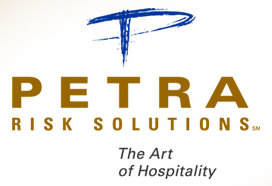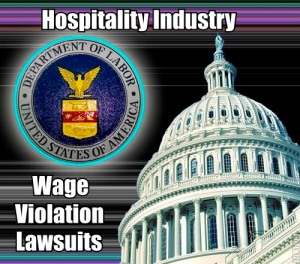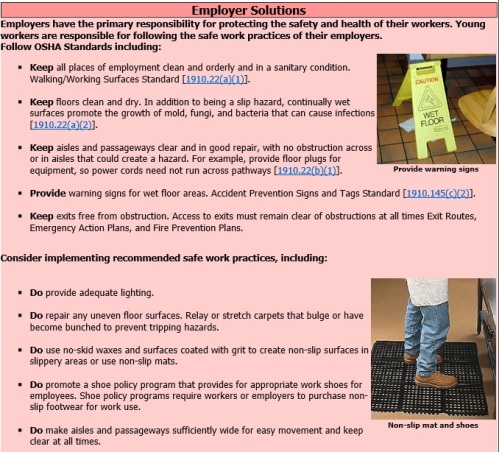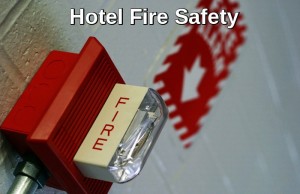Security Alert! Check The Security Of Your Hotel’s Knox Boxes Frequently
by Todd Seiders, CLSD
Check your Knox Boxes! A Knox Box, known officially as the KNOX-BOX Rapid Entry  System, is a small, wall-mounted safe-like box that holds building keys for firefighters and EMTs to retrieve in emergencies. In many jurisdictions, the local Fire Department requires that a Knox Box be located outside of your hotel (check with your local Fire Department for requirements; some jurisdictions may not require hotels to have one), for their use only, in the event of an emergency. The Knox Box has a complete set of the hotel’s master keys locked inside this box.
System, is a small, wall-mounted safe-like box that holds building keys for firefighters and EMTs to retrieve in emergencies. In many jurisdictions, the local Fire Department requires that a Knox Box be located outside of your hotel (check with your local Fire Department for requirements; some jurisdictions may not require hotels to have one), for their use only, in the event of an emergency. The Knox Box has a complete set of the hotel’s master keys locked inside this box.
Knox Boxes simplify key control for local fire departments. Local fire companies can hold master keys to all such boxes in their response area, so that they can quickly enter a building without having to force entry or find individual keys held in deposit at the fire station. Sometimes Knox Boxes are linked via radio to the dispatch station, where the dispatcher can release the keys with telecommunication tone signaling over analog phone lines.
Knox Boxes have advantages and disadvantages for both business owners and emergency responders. The main advantage for their use is that they cut fire losses for building owners since firefighters can more quickly enter buildings without breaking doors or windows. The disadvantage of the system is that it provides a single point of failure for security. If the key to a district’s Knox Boxes is stolen or copied, a thief can enter any building that has a Knox Box. Likewise, if the locking mechanism or structural integrity of the box is compromised, a thief can gain access to the keys and hence access to the entire building. For this reason some building owners wire Knox Boxes into their burglar alarm systems so that opening the box trips the alarm, thus negating its use in facilitating clandestine entry.
Knox Boxes are an actual miniature safe designed to withstand tampering and are built in a variety of sizes ranging from a box designed for two keys to one designed to hold hazardous material information and multiple keys. Prices start at approximately $250.00. Most Knox Boxes are mounted onto a wood or steel mounting with the screws or bolts covered.
 Yet, this does not mean that Knox Boxes are indestructible or cannot be removed from their mounting with force. We have recently seen many of these Knox Boxes forcefully removed from their wall mountings and stolen from the property. In several cases the thieves then returned to the hotel with the master keys and stole items.
Yet, this does not mean that Knox Boxes are indestructible or cannot be removed from their mounting with force. We have recently seen many of these Knox Boxes forcefully removed from their wall mountings and stolen from the property. In several cases the thieves then returned to the hotel with the master keys and stole items.
In one theft at a hotel the thieves specifically used the master keys to access the storage room for the hotel night audit packets and guest files. The thieves stole hundreds of night audit packets containing the names, addresses and credit card numbers of previous guests. Obviously, hotels can be held liable for breach of guests’ personal information or loss of their credit card data.
So, what should hoteliers do? Secure your night audit packets/files in a secure room that has a hard metal key, rather than a magnetic key card lock. There should only be one or two hotel employees that have access to the night audit storage room, and storage room keys. Secure these files separately, and control all access to them. DO NOT include a key to this storage room in your Knox Box, or on your “master key ringâ€, or even leave this key unattended in a key box. The night audit file storage room key should be kept separate from all other keys.
As for the hotel’s Knox Box, local ordinances may require that your property have a Knox Box in the event of an emergency. If so, follow these suggestions:
- Check that your Knox Box is solidly secured to its location, using numerous heavy duty screws or bolts to make it extremely hard to remove.
- Relocate your Knox Box to a well lit area, and in view of security cameras, if your property has them.
- Add a visual inspection of the Knox Box to your property inspection form and security tours so it will be inspected on a regular basis. This will let you know in a timely manner if someone has tried to remove it, or has in fact actually removed or damaged. Immediately re-key the entire hotel if the Knox Box is stolen or the keys inside come up missing. 

Pictured above: Here’s what some of the various Knox Boxes look like.

http://www.petrarisksolutions.com/
(Todd Seiders, CLSD, is director of risk management for Petra Risk Solutions, which provides a full-range of risk management and insurance services for hospitality owners and operators. Their website is: www.petrarisksolutions.com. Todd can be reached at 800-466-8951 or via e-mail at: todds@petrarisksolutions.com.) Â
 the parking garage…(hotels must) take some precautionary measures to keep pipes from freezing and especially as they start to thaw (such as) wrapping the pipes with heating tape…”
the parking garage…(hotels must) take some precautionary measures to keep pipes from freezing and especially as they start to thaw (such as) wrapping the pipes with heating tape…”












